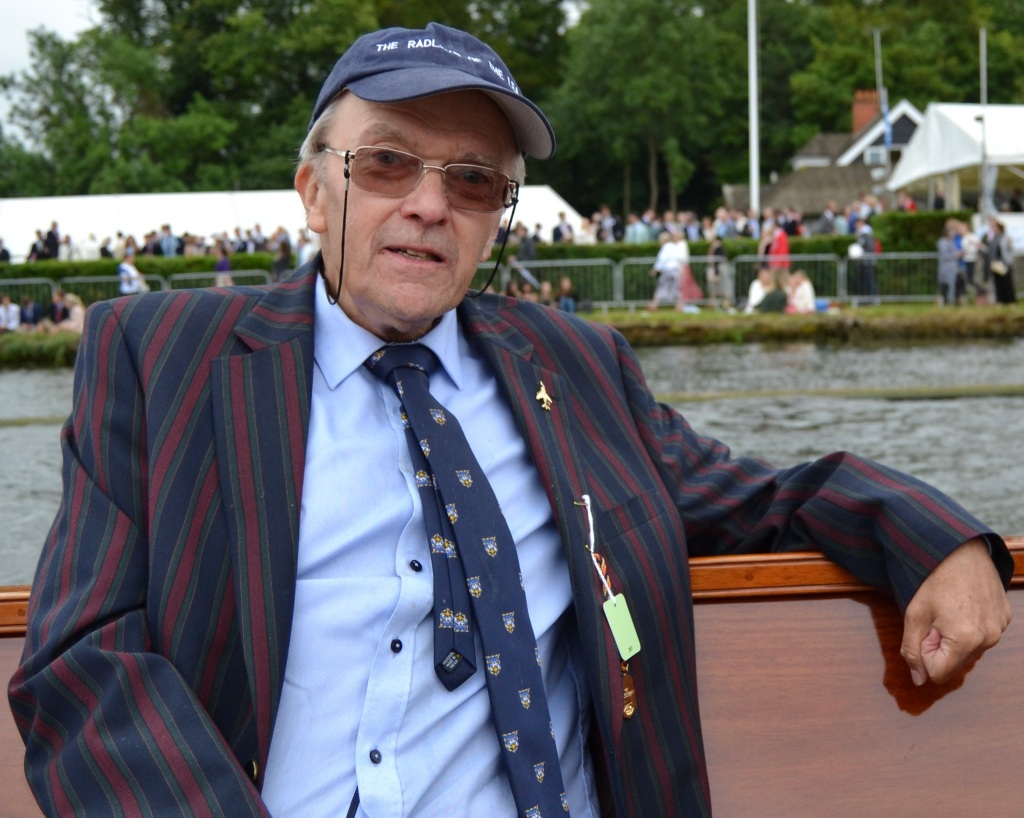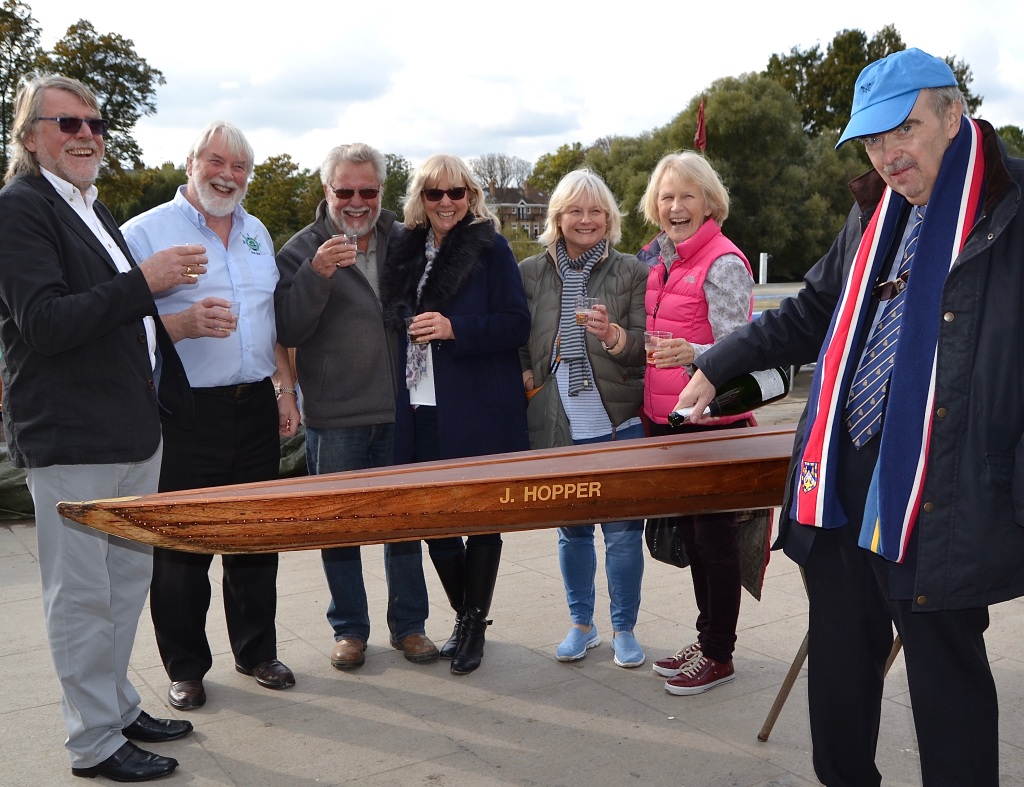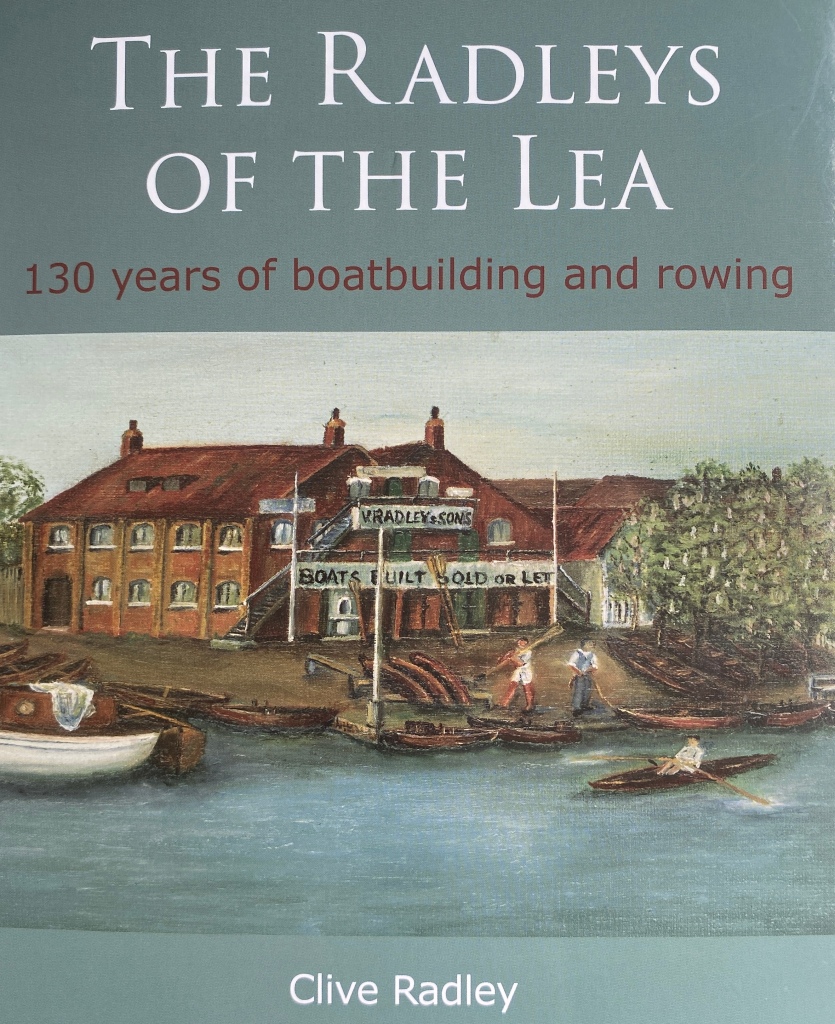
28 May 2024
By Tim Koch
Further to Göran Buckhorn’s report on the death of Clive Radley, Tim Koch adds more information on a full life.
Clive joined the Air Cadets while at Leyton County High School 1956-1963. Later, he studied Aeronautical Engineering at Queen Mary, University of London, 1963-1966, and was a member of the college boat club.
On graduating, Clive spent two years at the aircraft company Hawker Siddeley working on the revolutionary Harrier Jump Jet.
For much of his career, between 1968 and 1994, Clive was employed by Elliot Automation Space and Advanced Military Systems and mostly worked in anti-submarine warfare, a role that required very high level security clearance with frequent visits to Faslane Naval Base, home of Britain’s submarine borne nuclear weapons.
In 1995, Clive began working for the Ministry of Defence’s new Defence Evaluation and Research Agency (DERA). At the time it was the United Kingdom’s largest science and technology organisation. In 2001, DERA was split in two and Clive worked for the larger section, QinetiQ. This is described by its Wikipedia page as:
A multinational defence technology company headquartered in Farnborough. It operates primarily in the defence, security and critical national infrastructure markets and runs testing and evaluation capabilities for air, land, sea and target systems.
After leaving QinetiQ in 2004, Clive was self-employed and described himself as an “Author and Defence Systems Consultant.”
In 2016, Clive self-published, Sonobuoy History from a UK Perspective: RAE Farnborough’s Role in Airborne Anti-Submarine Warfare. A sonobuoy is an underwater device dropped from aircraft that detects and locates the source of underwater sounds. Developed to counter the U-Boat threat during the Second World War, it continued to be of great importance into the Cold War and beyond. The profits of the book went to a museum at Farnborough dedicated to the achievements of the Royal Aircraft Establishment (RAE).
Before his Sonobuoy book, Clive had published The Radleys of the Lea (2015). In a post on HTBS, he wrote:
The Radleys of the Lea is the story of my ancestors whose boatyard business was founded in 1840 by my great-great-grandfather George Radley and his wife Phoebe. The business flourished by the River Lea in northeast London for 130 years and at its peak in the early twentieth century there were three boatyards, all a few miles upriver of the London Olympic Stadium site, between Lea Bridge and Springhill. From the 1880s onwards, the boatyards traded as V. Radley and Sons, named as such by my great-grandfather Vincent Radley, who ran the business from 1865 to 1932.
The book includes the history of the boatbuilding business and the rowing exploits of family members. Boatyard life in the nineteenth and twentieth centuries is described, as well as the way in which the social and geographic conditions of northeast London and northwest Essex influenced the founding of the Radley business and its subsequent development…
The Radleys of the Lea has its origins in the family history research I began in the late 1990s and was inspired by memories of my childhood visits to the family boatyard. I was born in 1945 and grew up in Leytonstone in northeast London and quite often my father would take us by bus to visit my uncle, Sid Radley, our last boat builder, at the V. Radley and Sons site at Springhill opposite what is now Lea Rowing Club. These visits resulted in an interest in rowing and boating which I have retained throughout my life, ultimately leading to this book.

HTBS has several posts tagged Clive Radley. These include:
A 2015 article titled Great-Aunt Phoebe Radley: A Forgotten Pioneer of Women’s Competitive Rowing.
Also in 2015, Clive recognised another forgotten female rowing pioneer, Yvonne Stuart.
In 2016, Clive wrote a piece, A Reappraisal of the Importance of the River Lea, in which he attempted to get the River Lea what he thought was its rightful recognition in the history of British rowing.
HTBS chronicled Clive’s philanthropy in his funding of the Rowing Futures conference at the River and Rowing Museum (RRM) in Henley in 2019 and in his 2017 donation to the RRM of the Radley sculling boat, J. Hooper. He also made generous donations to rowing clubs including Lea and Marlow.
Clive’s later years were dogged by ill health and increasing dementia and it must be admitted that he became increasingly eccentric and not always easy to get on with. Those who only met him at this time should know that this was not the real Clive, in reality a generous and intelligent man with many interests and passions whose career in top secret defence technology no doubt served the country well. Equally, his last self-published book, the A History of GB Women’s Competitive Rowing (2018) was a travesty written when he was increasingly unwell and which should not be allowed to taint his real contribution to rowing history, the very solid work that is The Radleys of the Lea.
Clive Radley, author, historian, philanthropist and defence systems engineer, 20 May 1945 – 10 May 2024.

